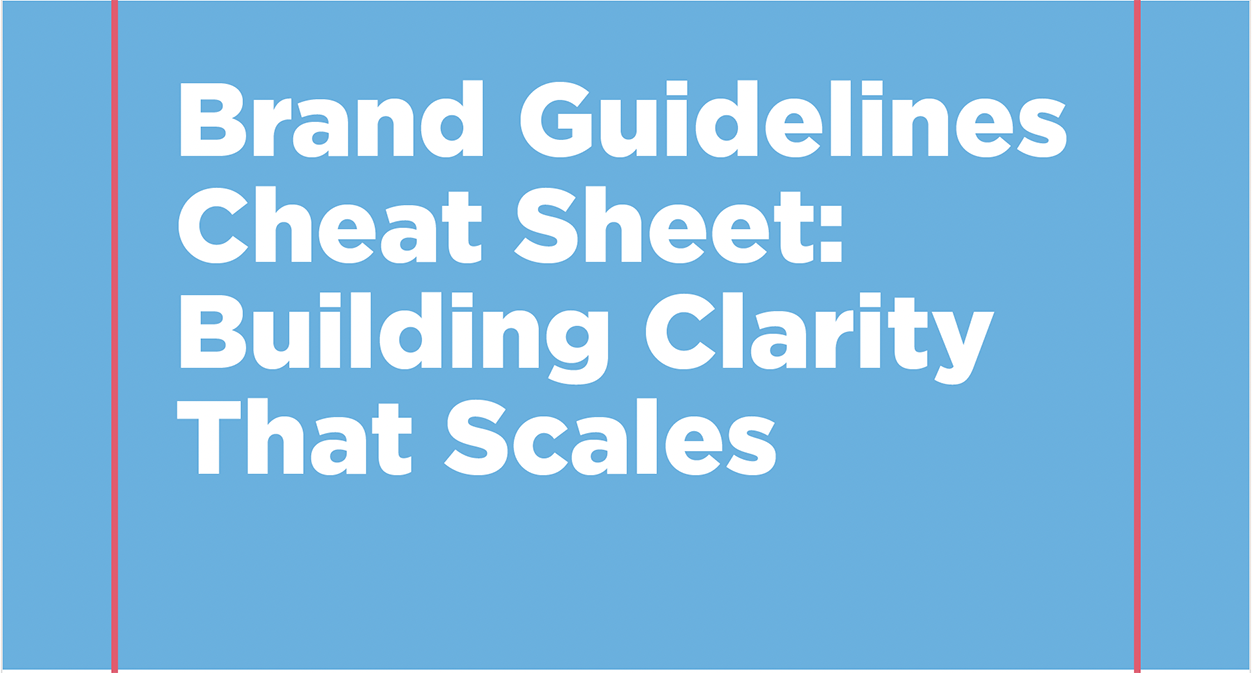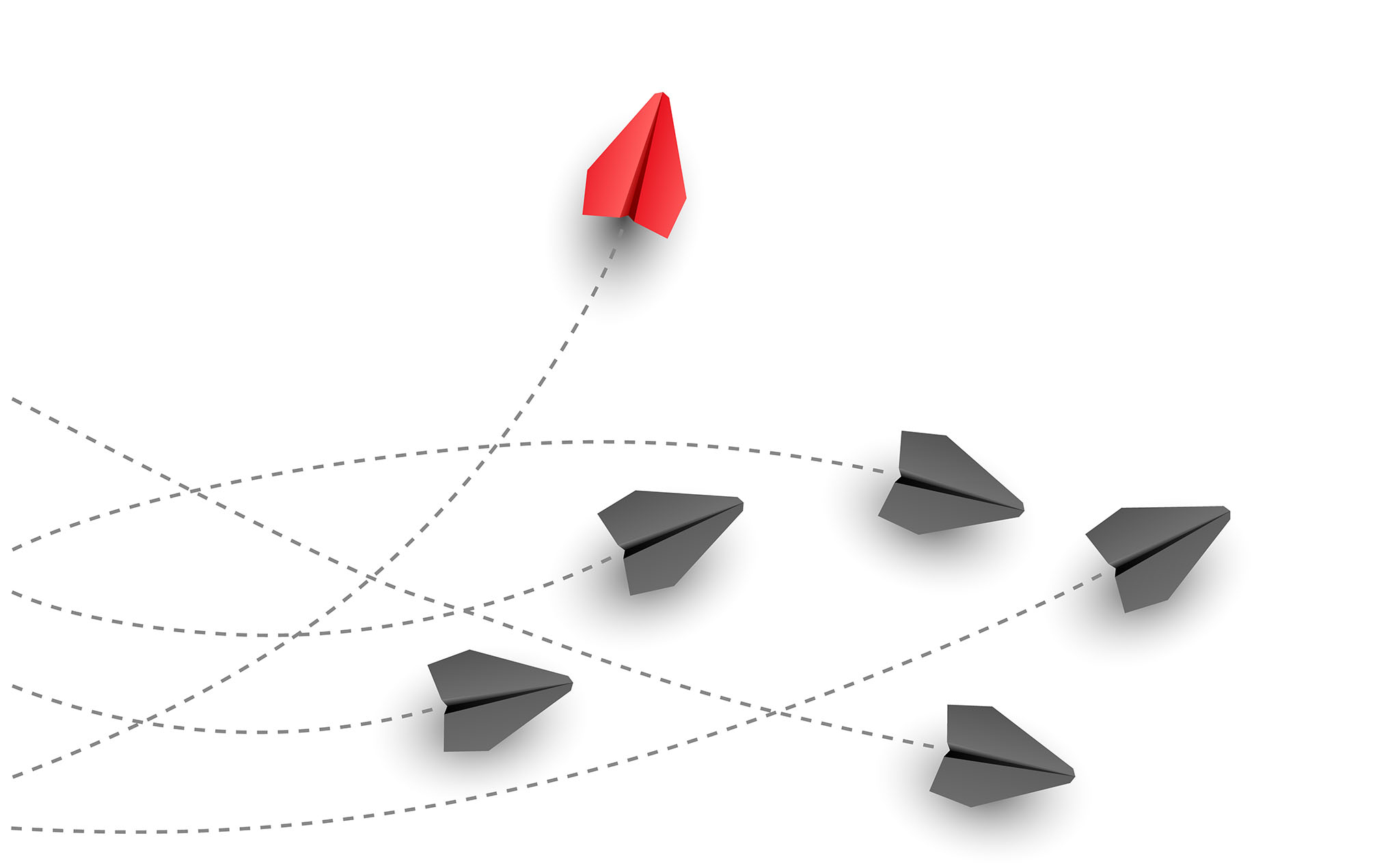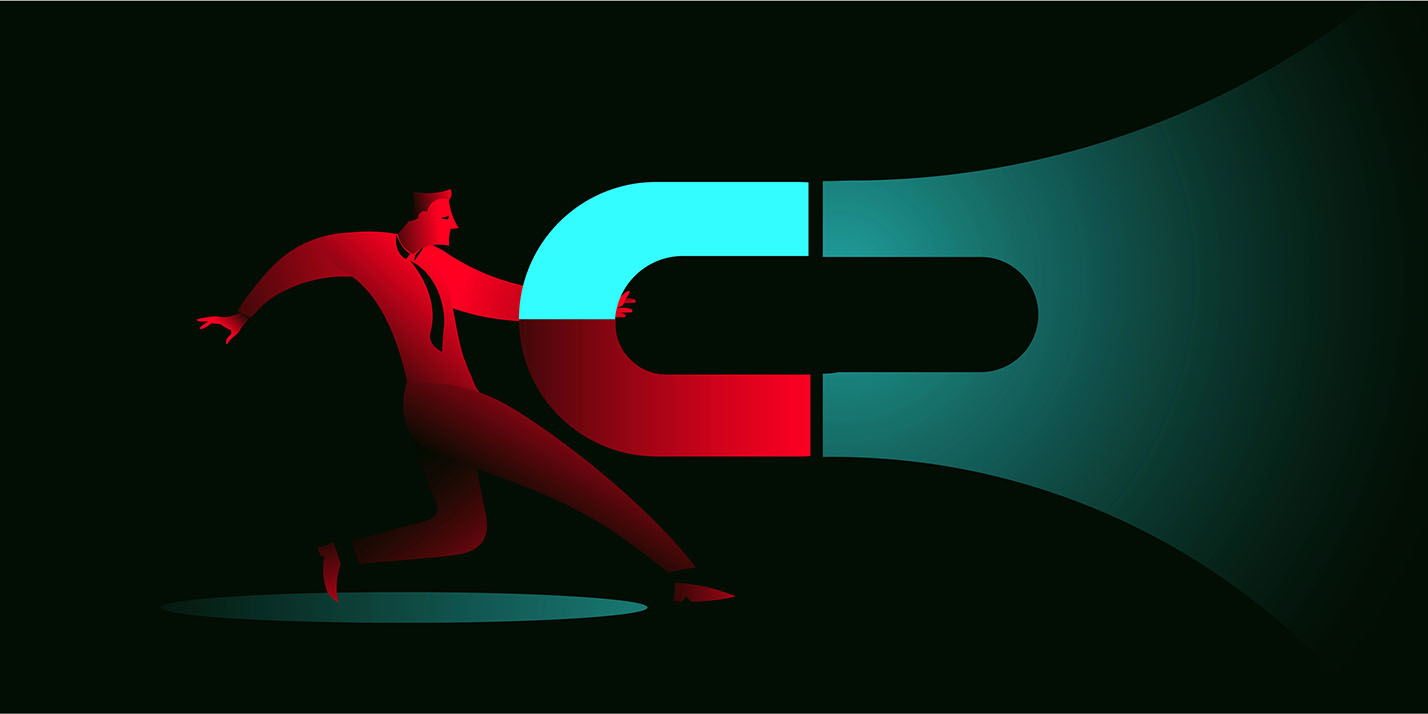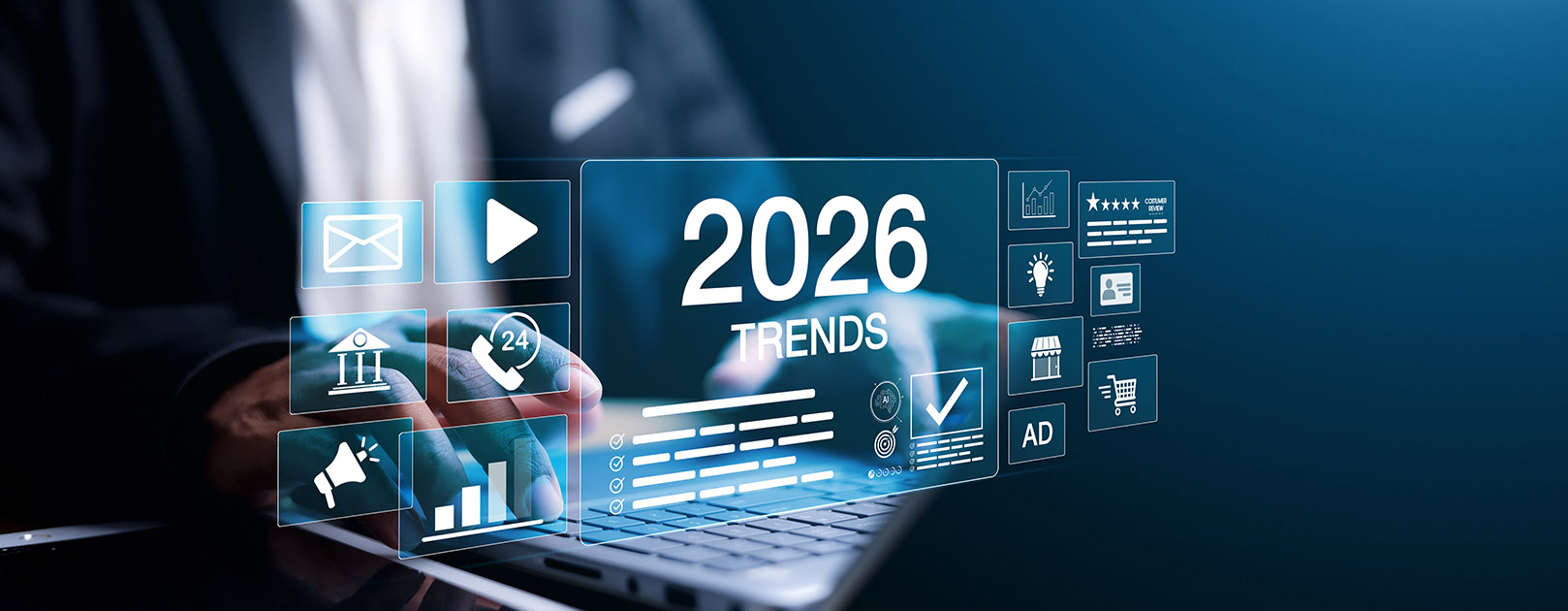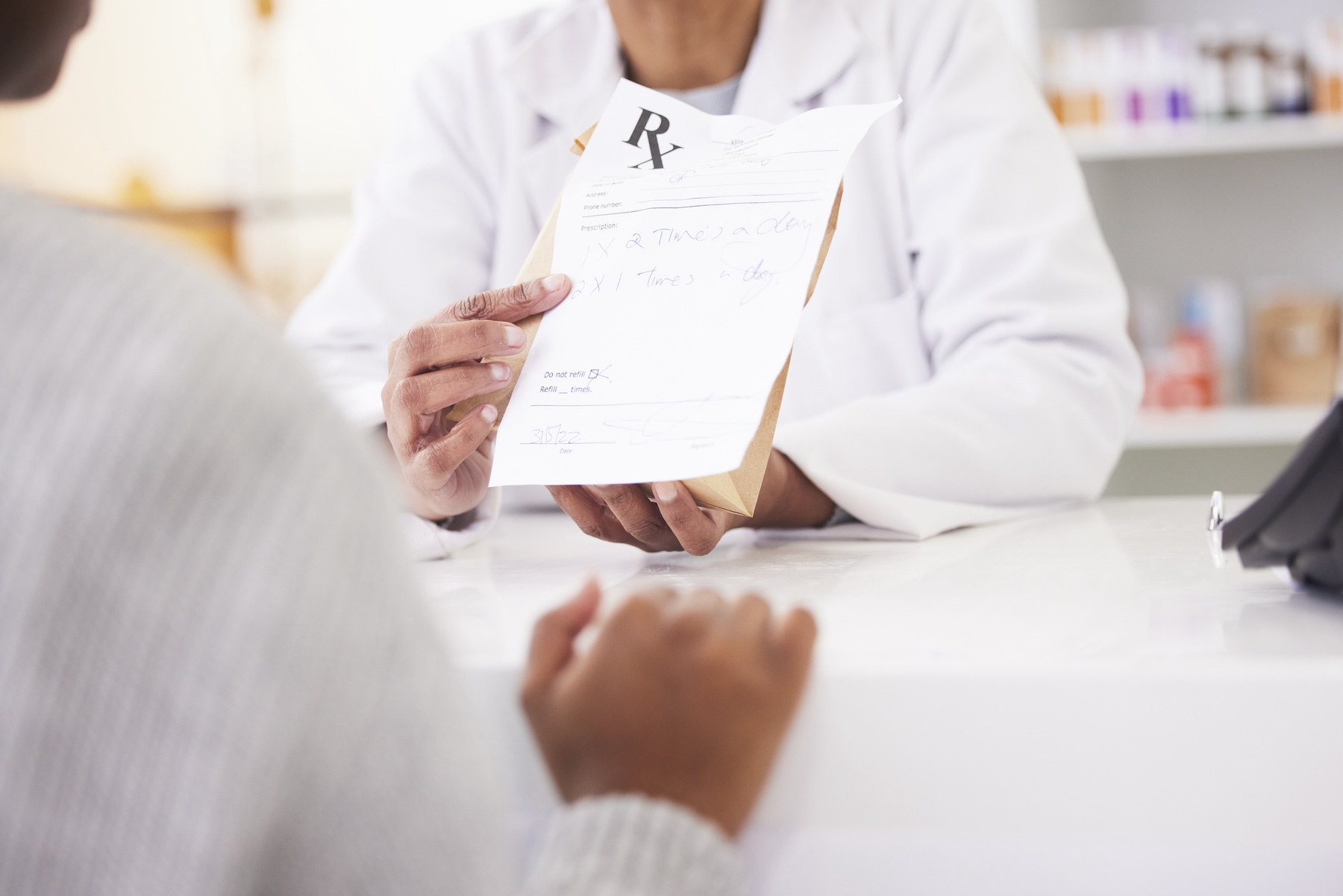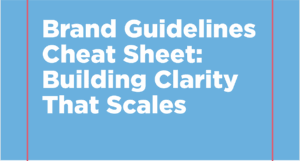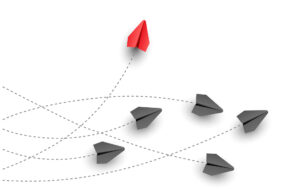In the medical, biotech, and life-sciences industries, enterprise organizations operate in one of the most complex commercial environments on the planet. They manage extensive product portfolios, navigate global regulatory demands, and drive innovation while balancing scientific accuracy, competitive pressure, and market expectations.
For more than a decade, The Matchstick Group has supported these organizations through some of their most critical commercial, branding, and product-launch challenges.
Our work spans multimillion-dollar portfolios and global product lines that collectively represent more than $250B in annual revenue—from advanced surgical solutions to imaging platforms, infection prevention technologies, contract manufacturing organizations (CMOs/CDMOs), and next-generation therapeutics.
The foundation of our enterprise work is simple:
We help large, complex organizations simplify the complicated
and communicate with clarity, speed, and strategic precision.
Below is a deeper look at what this work entails—and why so many enterprise teams trust us with their highest-stakes initiatives.
A Track Record Built With Global Leaders
Our enterprise clients represent some of the most influential companies shaping the future of healthcare. Each partnership required deep category expertise, tight collaboration with cross-functional teams, and the ability to translate technical innovation into compelling commercial stories.

Avery Dennison Medical — $1.5B
A global materials science leader, Avery Dennison needed a unified medical identity that could scale across contract manufacturing, OEM partnerships, and white-label product solutions.
Our work included:
- Corporate brand transformation for the medical division
- Product-level branding and campaign development
- Messaging and positioning for OEM and CDMO partners
This work helped Avery Dennison strengthen its position as a critical manufacturing partner for medical device and pharmaceutical companies worldwide.
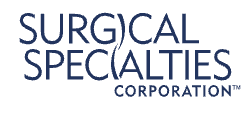
Surgical Specialties Corporation / Corza Medical — $800M
As a company that manufactures both its own branded surgical products and white-label solutions for global manufacturers, SSC required a brand that could flex across two business models.
Our work included:
- Full global brand transformation
- Product branding and commercialization support across major portfolio lines
- Messaging that supported both branded growth and OEM discretion
This engagement helped pave the way for the company’s successful expansion and eventual integration into Corza Medical.

Johnson & Johnson
We supported two major J&J entities with product branding and commercial storytelling:
- Biosense Webster — $1.47B cardiac electrophysiology leader
- Cordis Cardiology — prior to its acquisition
Our work helped elevate product differentiation in highly technical and competitive markets.

Cardinal Health — $220B
For one of the world’s largest healthcare companies, we developed:
- LATAM corporate branding
- An integrated campaign for Cordis Cardiology
This helped unify messaging across global business units and strengthen regional market presence.

GE Healthcare — $20B
For GE’s cardiac imaging portfolio, we delivered:
- Brand development and commercial positioning
- Sales enablement tools and clinical storytelling frameworks
The result: a cohesive story that empowered sales teams and clarified product value in a crowded market.

Teleflex Medical — $3.2B
Across multiple divisions—including intraosseous access, catheters, and wound management—we developed:
- Strategic, data-driven marketing campaigns
- Product and value-based messaging
- Tools to support clinical adoption and salesforce alignment
Teleflex has since expanded several of these lines with continued market leadership.
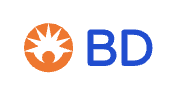
Becton Dickinson (BD) — $21B
For one of the most trusted names in global med-tech, our work included:
- Co-promote brand development between Steris and BD
- Product branding for infection prevention, surgical equipment (V. Mueller), hernia mesh, pleural effusion, and sterilization portfolios
These narratives played a critical role in supporting clinical credibility and technical differentiation.

Olympus Medical — $6.6B
We created a campaign platform for Olympus’ category-leading endoscopy technologies, sharpening the story around precision, visualization, and clinical performance.
Why Enterprise Teams Choose The Matchstick Group
Enterprise organizations turn to us when the stakes are high—when a brand needs to be rebuilt, a product needs stronger differentiation, or a global portfolio needs to speak with one unified voice.
Across every engagement, four themes consistently define how we work.
1.
We Understand High-Stakes Commercialization
Enterprise clients don’t just need campaigns—they need commercial strategy that stands up to clinical scrutiny, resonates with healthcare professionals, and aligns with global business priorities.
We’ve supported category-defining products in:
- Cardiology
- Imaging
- Endoscopy
- Infection prevention
- Wound management
- Surgical instrumentation
- Materials science and OEM manufacturing
Our team knows what it takes to build credibility in regulated, highly technical environments.
2.
We Navigate Complex Organizations With Ease
Large enterprises are ecosystems: brand teams, product teams, regulatory, clinical affairs, legal, regional marketing, global marketing, and executive stakeholders all play a role.
We know how to:
- Facilitate alignment across cross-functional teams
- Guide decision-making when multiple layers of approval are required
- Integrate messaging across global markets
- Work seamlessly within existing processes
This is one of the biggest reasons enterprise clients keep us on long-term retainer: we reduce friction and accelerate outcomes.
3.
We Bring Clarity to the Complex
From cardiac mapping systems to sterilization platforms to contract manufacturing capabilities, enterprise products are often deeply technical and difficult to differentiate.
We specialize in transforming complexity into clarity by:
- Distilling technical advantages into simple, compelling value propositions
- Building intuitive product architectures
- Developing messaging frameworks that scale across portfolios
- Crafting clinical stories that resonate with surgeons, hospital systems, and procurement teams
Clarity drives confidence. Confidence drives adoption.
4.
We Deliver Speed + Quality at Scale
Enterprise teams value us because we act as a fully integrated extension of their marketing organization—flexible when they need it, rigorous when it counts.
Our model supports:
- Rapid creative and content development
- Strategic oversight for brand and commercial planning
- Agile support across regions, business units, and product lines
We move quickly without compromising accuracy—an essential balance in regulated industries.
The Enterprise Advantage
What sets The Matchstick Group apart is not just our experience, but our ability to transform it into competitive advantage for our clients.
Working with more than $250B in combined portfolio value has given us a unique perspective on:
- What enterprise buyers care about
- How clinicians evaluate value
- How to position technologies in saturated markets
- How to articulate advantages in ways that resonate
- How to build brands that endure across product lifecycles
Whether we’re supporting a global launch, repositioning a legacy product, or building a new identity for a multi-billion-dollar division, our role remains the same:



